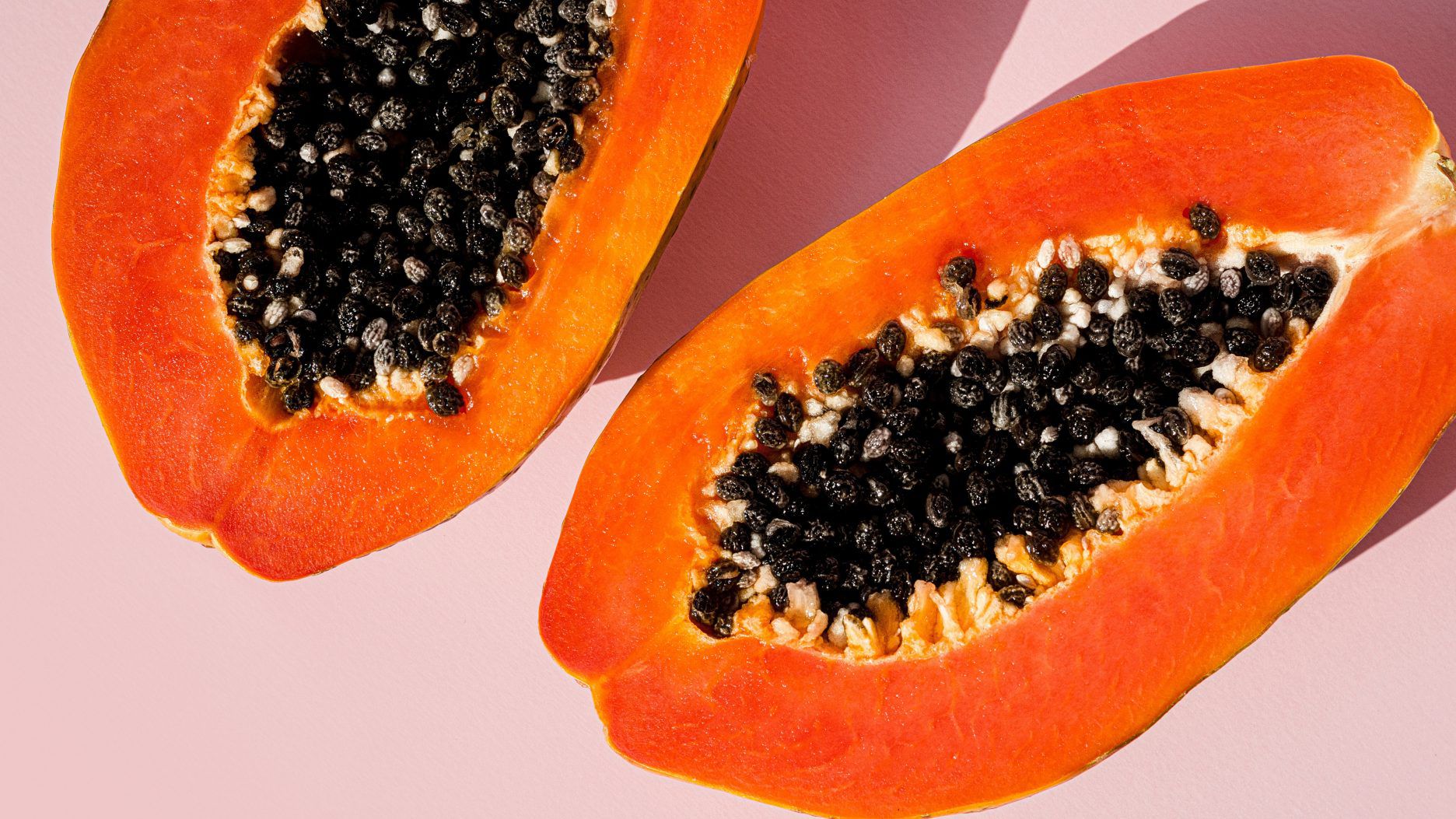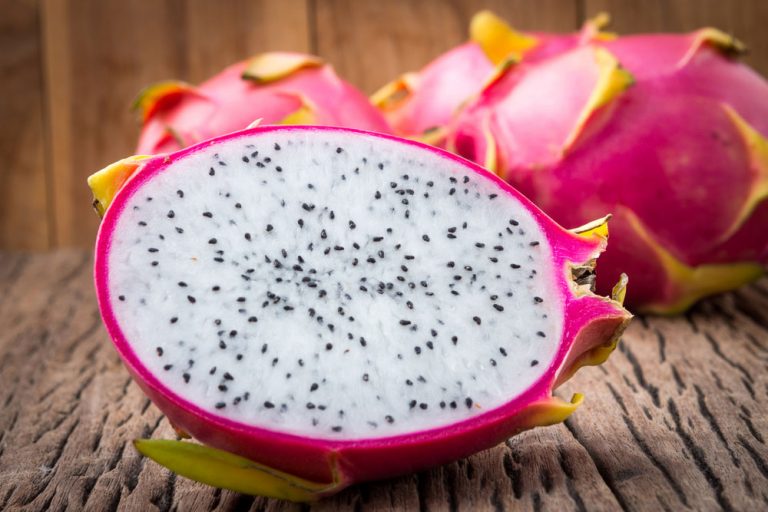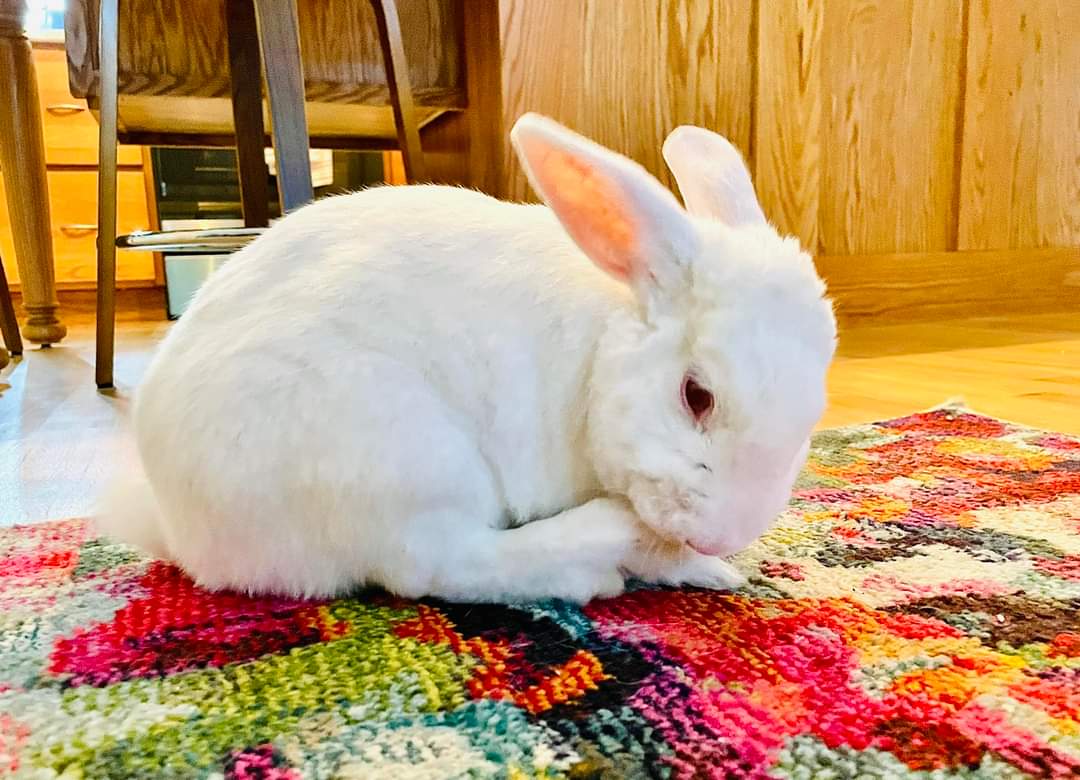An Australian papaya breeding program is achieving some impressive results as it heads towards the commercialisation stage in the coming year.
The program, which began around 10 years ago, is being conducted by Griffith University to help the industry produce some more stable varieties with better quality characteristics to meet both grower requirements and consumer demand. Program lead, Professor Rebecca Ford explains that it has now reached its final stages, where the advanced breeding lines are being assessed in semi-commercial block trials on commercial papaya farms.
“As a broad average, we are now producing 30 per cent more marketable fruit per tree, we have reduced the fruit cavity size by around 30 per cent and our fruit is 20 per cent sweeter compared to the standard varieties that currently retail,” she said. “You either have papaya lovers or haters; the people who dislike it is because of the flavour profile is not suitable to them or sweetness isn’t as high as they expect – sometimes due to the different compounds in the flesh. That was one of the big ones we had to breed for and our advanced lines have flavour profiles rated very highly by trained flavour and sensory testing panels and consumer tasters. We are working hard to develop these new varieties for the coastal and tableland regions, and so far it is all looking really good.”
Consumer preferences were a major factor in deciding the characteristics of the new varieties and Professor Ford explains that the current fruit on the market does not always meet expectations in terms of taste, flavour profile, sweetness and consistency. Having more marketable fruit off each tree was an important consideration for the breeding program, so having the right sweetness (Brix), shape, colour, appearance, less black spots and size.
“Consumers wanted to have fruit with less of a cavity inside them because the less cavity that you have, the more fruit flesh there is,” Professor Ford said. “The size was important, not only for consumers but the growers, who wanted different sizes for different packing systems. The consumers want fruit that is closer to the size of a mango, so they don’t have to cut the fruit and can purchase it as a single piece of fruit that they can take home and ripen in the fruit bowl. The sizing was surprisingly one of the easier things to deal with, which implies size is simply inherited, so we had enough diversity in the breeding lines to select for trees that produced fruit of a particular size more commonly. So, by fixing the genetics we were able to fix the trait itself relatively fast. We have moved the weight down from the 1.5-2kg range to the 800g-1.2kg range quite fast, within six generations. We can make it even smaller, but we are told by industry that they don’t need it smaller than 800g at the moment.”

At the same time, Professor Ford also added that the growers wanted the fruit to have certain agronomic traits. “They wanted the trees to be able to set fruit closer to the ground so that they didn’t need to use so much mechanised picking,” she said. “The fruit continues to grow up the stem, so if you could start them growing lower, you are potentially saving energy costs in the future. We have reduced this height by 54 per cent over the current commercial variety. Growers also wanted trees that had a known sex, to reduce number of males throughout the orchard, leaving enough to pollinate the female fruit. A lot of resources get wasted with planting too many male trees that need to be thinned out later on.”
 The program is funded by industry levies, channelled through Hort Innovation Australia, and work has been carried out by the breeders Dr Chat Kanchana-Udomkan and Dr Fawad Ali.
The program is funded by industry levies, channelled through Hort Innovation Australia, and work has been carried out by the breeders Dr Chat Kanchana-Udomkan and Dr Fawad Ali.
Professor Ford added: “We currently have five red advanced breeding lines that we are applying for stage one Plant Breeding Rights (PBR) and they are at the F7 stage. We have also made F1 hybrid crosses and are working on two advanced yellow breeding lines, which are a season behind the reds. Right now, we have grower block trials happening of our top five red lines; in the coastal region and tablelands regions and we should start getting data in the next eight months. This will feed into the PBR stage two for full certification, and at that point, a tender will be put out for licencing and whoever gets the licence will be responsible for bulking the seed for industry. Theoretically, we will have lines ready to go in a year, but that all depends on how quickly the licencing and seed bulking takes, so maybe not for a year and a half.”
http://experts.griffith.edu.au/18969-rebecca-ford




